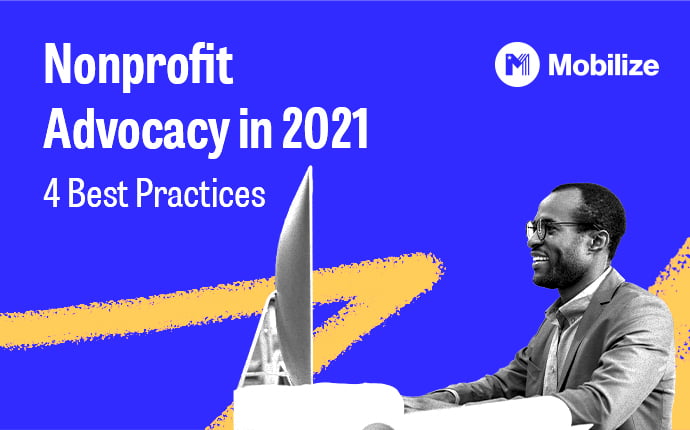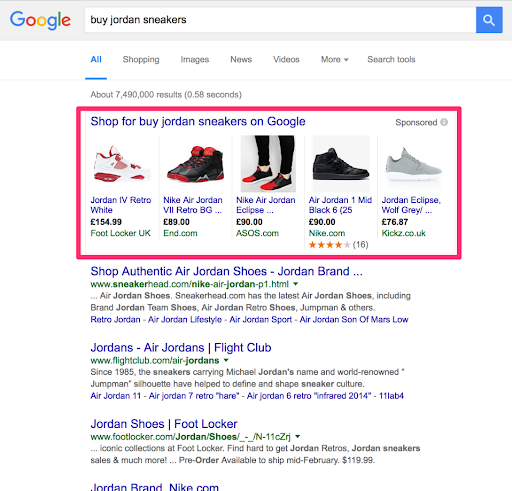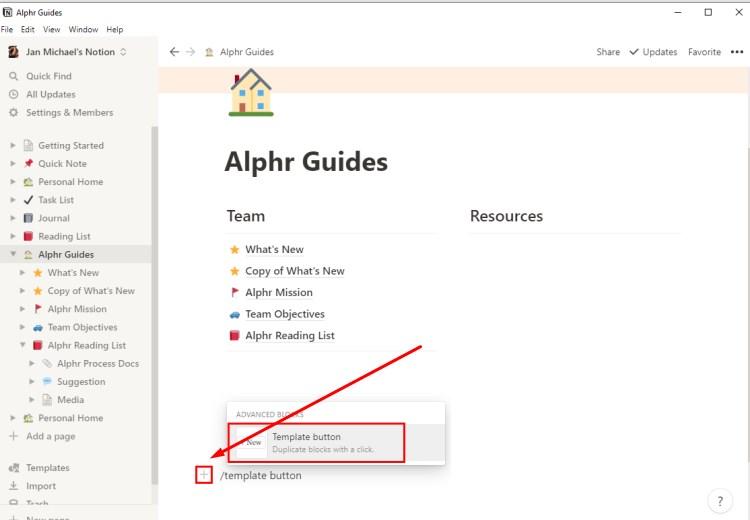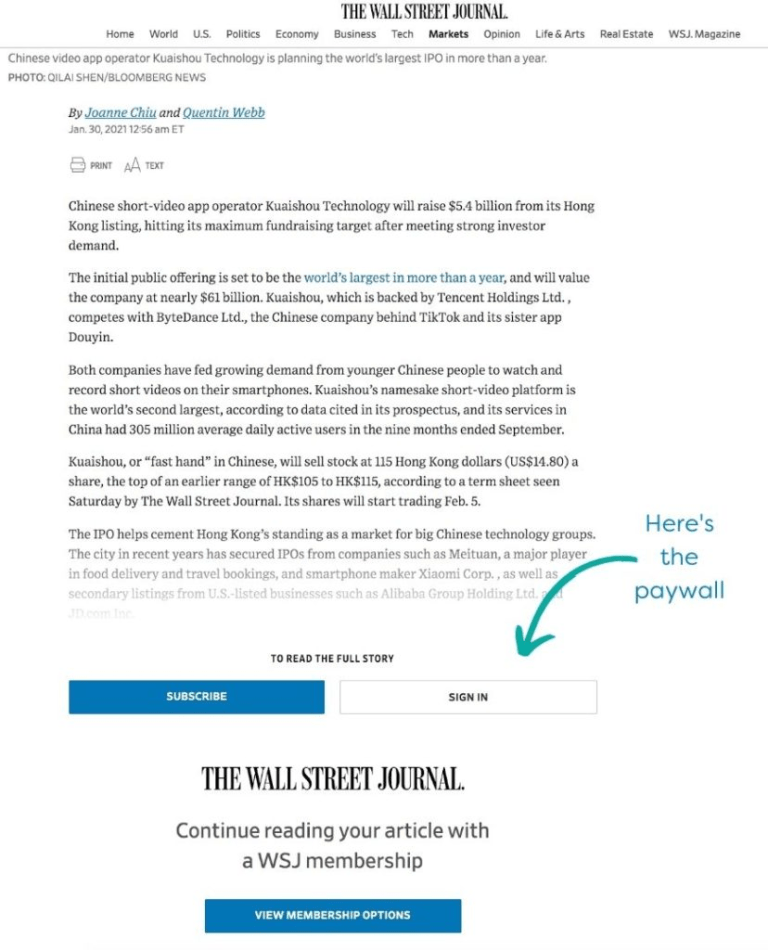
Advocacy is a common way for nonprofits to show their stance on relevant public issues in order to advance their mission, increase their fundraising, and deepen relationships with supporters.
Nonprofits generally conduct advocacy campaigns through strategic outreach initiatives, hosting events, sharing petitions, and mobilizing supporters to raise awareness with phone calls, texts, and online messages.
As 2020 comes to a close, nonprofit advocacy and its importance have increased dramatically. COVID-19 and its economic impact have forced many organizations to work from home and pause in-person engagements, bringing an additional strain to your finances and fundraising efforts. Additionally, the US Presidential election has intensified discussions on public policy and other major ongoing social issues. Nonprofits have big roles to play when it comes to shaping the conversation, guiding policy, and mobilizing constituents.
Given the need for social distancing, the increased dependence on virtual engagement, and limited budgets, advocacy can be a meaningful and efficient way to support your cause and forge stronger connections with your advocates.
Nonprofit advocacy is all about building relationships with supporters and empowering them to drive your mission forward. And, prioritizing supporter engagement, and how you can empower them is always good practice if you want to build a solid foundation of long-term and genuine support in 2021.
To ensure you’re doing all you can for your nonprofit advocacy campaign, especially amid all of today’s challenges, here are some best practices to get you started:
- Invest in integrated software.
- Use a multichannel marketing strategy.
- Empower your advocates with the best resources.
- Keep your entire advocacy campaign branded.
Public issues around COVID-19, its economic impact, policy decisions at all levels, and the election are all weighing heavily on your community’s shoulders this year. Nonprofit advocacy is the perfect opportunity to tap into the passion of your supporters and highlight those issues that matter the most to your mission. Let’s begin.
1. Invest in integrated software.
Table of Contents
Your nonprofit advocacy campaign is based on rallying support and ensuring a long-term impact on your community. Traditionally, this can be done with in-person events. These bring together advocates to help spread awareness of the issue and how it relates to your main mission.
However, this is no longer the case. Due to the global pandemic plaguing our everyday lives, you likely have to pivot your efforts to more digital means in order to stay within health and safety guidelines. That’s why it’s so crucial that you invest in capable, integrated software.
As outlined in the Mobilize guide to advocacy software, “an advocacy software solution is a platform or tool used by mission-based organizations to garner public support for a cause or policy.” This can either be one comprehensive system or made up of individual tools. In general, your advocacy solutions should be able to handle every aspect of your campaign, including:
- Planning the campaign
- Facilitating peer-to-peer recruitment
- Marketing the campaign through email or social media
- Sharing and creating petitions
- Launching and facilitating phone or text banks
- Creating and managing virtual events, as well as empowering your advocates to lead localized events
The tasks above are just some of the common ways you can mobilize your supporters and turn them into advocates without having to meet face-to-face. However, the results of all these engagements hold little value if you can’t view and generate insights from the data as a whole.
With an integrated solution, your database, email platform, fundraising software, and any other advocacy tools can not only share data but also compile it for your team to analyze comprehensive reports and streamline your advocacy efforts.
For example, as soon as new supporters engage with your advocacy campaign, their contact information can be stored in your CRM and then automatically populated in new email communications and other outreach methods to keep them engaged.
2. Use a multichannel marketing strategy.
Now that you have the right tools to pull off your nonprofit advocacy efforts, you need to let these efforts be known. The best way to do that is by developing a multichannel marketing strategy. With most nonprofit work and supporter engagement happening online, how you market your advocacy campaign and reach out to prospects is more important than ever.
What is a multichannel marketing campaign? Multichannel marketing involves promoting your mission and advocacy efforts through more than one outlet or channel in order to engage more supporters and funnel them towards a specific action. You should look to the marketing channels that you’ve found success with in the past and brainstorm ways you can utilize them to tell a story that engages supporters and connects the campaign to your cause.
Some common marketing channels to leverage are:
- Email communications
- Blog posts and news on websites
- Social media posts
- News press releases
- Peer-to-peer engagement
- Text message alerts
All the materials and content you produce in the channels above should come together to complete a picture of why supporting the cause you’re advocating for is so important. This story should end with the user completing the specific action you want.
For instance, let’s say you want to lead users to sign a petition. First, consider your nonprofit email marketing efforts. Use any newsletters or communications to implement call-to-actions that lead readers to your website and other points of engagement, like social media connections.
You can then use your most active social media accounts to post engaging videos about your cause and continue directing users back to your main website.
On your website, you should then have a dedicated landing page for your advocacy campaign so that supporters know exactly what you’re working towards and how they can contribute to your mission. From there you can embed or link to a petition that advocates can sign to show support.
At each touchpoint in this process, you engage readers more deeply and pick up more traffic along the way. With a well-developed multichannel strategy pointing towards a specific target action, you can see considerable results over time.
3. Empower your advocates with the best resources.
Your advocates are more than just your supporters. In some ways, they are directly representing your organization and what you stand for. While this can be an extremely effective way to deepen your ties with advocates and reach new audiences, it can get a little tricky if the advocate doesn’t quite know what they’re talking about.
That’s why it’s important to empower your advocates with the best possible resources in advance.
For instance, your advocates and other online supporters should be trained in exactly what you’re advocating for. Provide them with:
- Training courses to introduce advocates to your organization, mission, and the campaign at hand.
- Email templates to help them communicate your mission and work with others.
- Phone call scripts for those helping with phone banking.
- Educational content to ensure that advocates are fully updated on the aspects of what you’re advocating for.
- Additional resources to uncover new opportunities, like a searchable corporate philanthropy database so that advocates can research their eligibility for matching support. For example, here’s how Mercy Corps makes it easy to check for matching gift eligibility.
Connecting your supporters with additional resources like these can be relatively low-cost ways to maximize the reach of your campaign and possibly boost incoming donations in the process. Even providing a fairly simple weekly roundup of recent news related to your cause can be invaluable for keeping everyone in-the-loop.
4. Keep your entire advocacy campaign branded.
Nonprofit advocacy campaigns are logistically complex— there are a number of tasks to facilitate, actions you want to be completed, and advocates to keep track of. It’s important that throughout it all, your entire advocacy campaign is branded to your organization.
Focusing on your brand is crucial for spreading awareness of your mission. This gets people talking about your organization and your past accomplishments. When you continue to emphasize your nonprofit’s work and the connection to the cause you’re advocating for, supporters and prospects will begin to link the two in their minds.
Additionally, establishing your brand and incorporating it throughout all advocacy activities can help build the relationship supporters have with your brand. As soon as they see your logo or mission statement, they automatically know the organization behind the cause.
For instance, make sure to customize any forms your supporters interact with during your advocacy campaign. This can include contact forms, virtual event registrations, online petitions, and your online donation form. Using branded graphics, your logo, or adding specific fields are common ways to brand your forms.
You should also clearly brand any of the marketing materials you release. If you post on social media, make sure your brand is clearly displayed. This way, if advocates want to share the post with their own network, your brand and overall mission is still effectively shared.
These best practices can be used to strengthen any advocacy strategy, but are especially useful in light of the challenges this past year has brought. A focus on the software you use and how you engage with advocates online is crucial if you want to spread the word about your mission and accomplish the tasks at hand.
Throughout it all, your advocacy efforts should be based on the relationships you build with supporters. The stronger those are, the more likely they’ll advocate for your cause to others. Any strategies and tactics you put in place should aim to support that goal.






